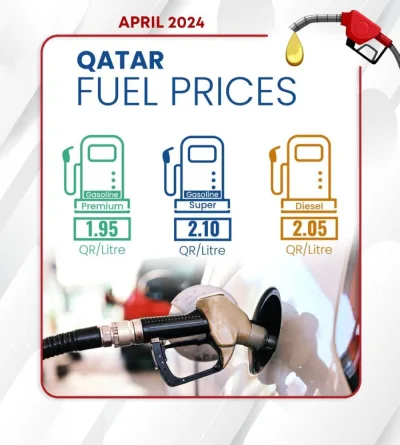Petroleum inventories are now below a five year mean in OECD countries and should support Brent at $68 for barrel on average in 2021, but ample Opec+ spare capacity and a likely return of Iran barrels will likely cap oil prices this year, according to BofA Global Research.
“Yet a combo of factors could push oil to $100/b next year, mostly on three key demand and three key supply factors,” BofA said.
First, there is plenty of pent up mobility demand after an 18 month lockdown. Second, mass transit will lag, boosting private car usage for a prolonged period of time. Third, pre-pandemic studies show more remote work could result in more miles driven, as work-from-home turns into work-from-car.
“On the supply side, we expect government policy pressure in the US and around the world to curb capex over coming quarters to meet Paris goals. Secondly, investors have become more vocal against energy sector spending for both financial and ESG reasons. Third, judicial pressures are rising to limit CO2 emissions. In short, demand is poised to bounce back and supply may not fully keep up, placing Opec in control of the oil market in 2022,” BofA .
Due to these diverging supply and demand trends, global oil balances should remain in deficit in 2022.
Despite still holding back 6.6mn bpd of supply, Opec+ could get away with higher oil prices next year. It is a tempting proposition. Most oil exporters have experienced a meaningful reduction in FX reserves in the past year and will face government budget oil price breakevens north of $70 next year.
“As a result, we increase our Brent crude oil price forecast for 2021 from $63/b to $68/b and we also up our 2022 crude oil projections to $75/b, from $60/b prior. Still, non-Opec oil supply elasticity has not totally vanished. US shale will likely respond to these higher prices, suggesting that Brent will roll back down to average $65/b by 2023,” BofA said.
“Yet a combo of factors could push oil to $100/b next year, mostly on three key demand and three key supply factors,” BofA said.
First, there is plenty of pent up mobility demand after an 18 month lockdown. Second, mass transit will lag, boosting private car usage for a prolonged period of time. Third, pre-pandemic studies show more remote work could result in more miles driven, as work-from-home turns into work-from-car.
“On the supply side, we expect government policy pressure in the US and around the world to curb capex over coming quarters to meet Paris goals. Secondly, investors have become more vocal against energy sector spending for both financial and ESG reasons. Third, judicial pressures are rising to limit CO2 emissions. In short, demand is poised to bounce back and supply may not fully keep up, placing Opec in control of the oil market in 2022,” BofA .
Due to these diverging supply and demand trends, global oil balances should remain in deficit in 2022.
Despite still holding back 6.6mn bpd of supply, Opec+ could get away with higher oil prices next year. It is a tempting proposition. Most oil exporters have experienced a meaningful reduction in FX reserves in the past year and will face government budget oil price breakevens north of $70 next year.
“As a result, we increase our Brent crude oil price forecast for 2021 from $63/b to $68/b and we also up our 2022 crude oil projections to $75/b, from $60/b prior. Still, non-Opec oil supply elasticity has not totally vanished. US shale will likely respond to these higher prices, suggesting that Brent will roll back down to average $65/b by 2023,” BofA said.




